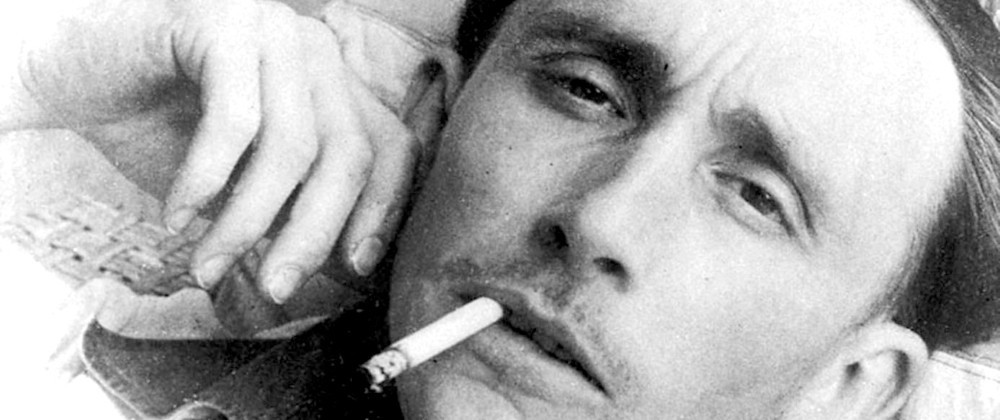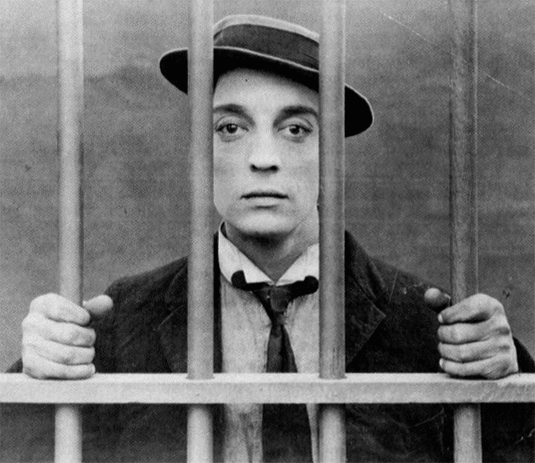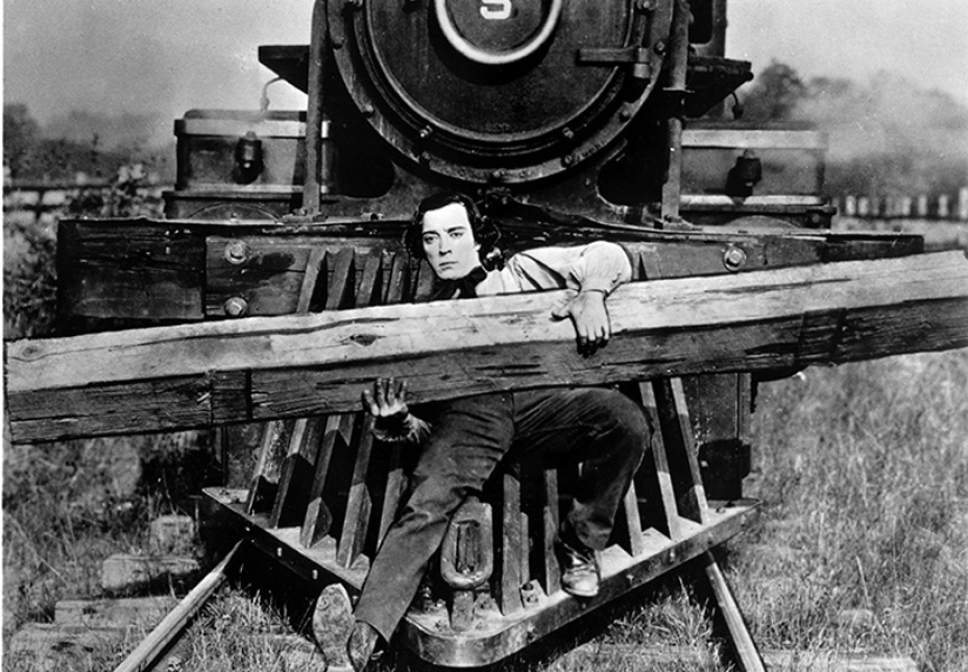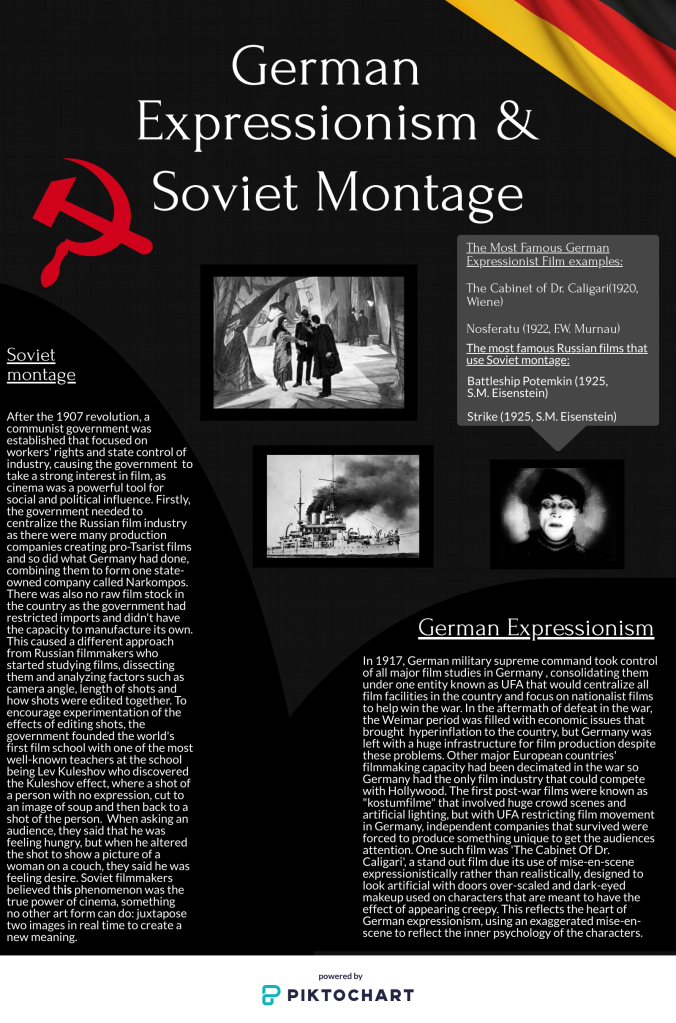Expressive
- Iris shots are used to manipulate what the audience should focus on such as the death note 1
- The newspaper is absurdly large as he continues to open it up multiple times, acting as a comedic tool whilst he also replaces a gun with a banana . The mise-en-scene is deliberately unrealistic to show how out of place he is in this new town he had been thrown into 2
- Whilst aiming at some bottles for target practice, he accidentally shoots a man who reacts in an over exaggerated manner, leaping high into the air and running rapidly away clutching his injured behind in an overly paced way to show the pain he is in 2
- His shooting at one target and hitting another when aiming at the bottles and later shooting from behind his back and under his legs causes injury and destruction around him as he is careless and inexperienced 2
- Painting a hook on a wall to hang your hat is an inventive way of manipulating the setting in which he is placed 2
- The design of the house of the man who is about to be killed with its unique use of trap doors and moving beds that extend into another room is an expressive method of using mise-en-scene. Its also unrealistic that all the rooms in the house can be seen at the same time as he moves from one room to another when running away from the gang 2
Realist
- An ordinary person getting caught up in extraordinary events 3
- Gangs in America were commonplace during the 1920s, hiding away behind false front such as the gun range that hides the ‘Blinking Buzzards’ 3
- Carrying a firearm during the 1920s was legal in America which made crimes such as robbery common as it was easy to obtain a gun without being caught 3
- Wide shots are typically used in the rooms in the house as they chase each other 1
- Long depth of field is traditionally used throughout the majority of scenes to focus on everything that’s happening 1





